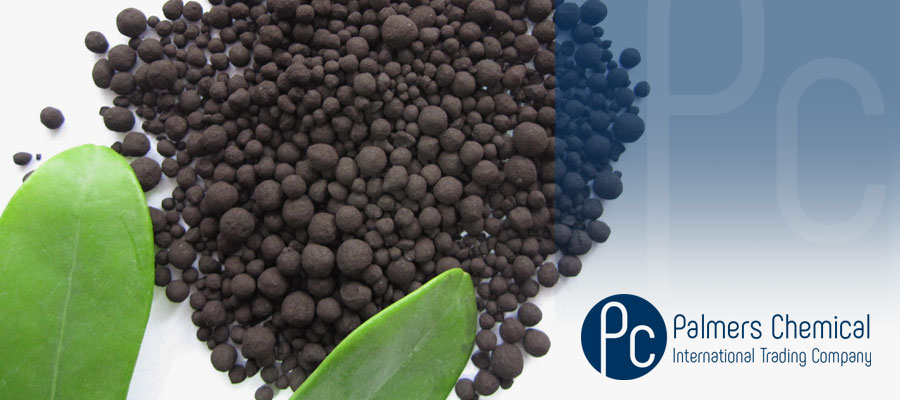What is leonardite?
In North Dakota, a particular formation of this highly oxidized lignite was called leonardite after the geologist, Dr. Leonard, who discovered it. This material was more highly oxidized than other lignites and consists of as much as 85% humic acids.
Leonardite as a source of humic acids for crop production was discovered in the 1960’s. Researchers at the US Bureaus of Mines began to experiment with applications of crushed leonardite to agricultural soils. They found that applications of the material. at rates of 100 to 2,000 per acre, increased yields of potatoes, sugar beets and other crops.

Many thousands of years ago large bodies of water existed where huge quantities or organic matter were deposited and began to slowly decompose. Over the year, giant peat bogs were formed. Through geologic activity many of these bogs were buried. After burial, the organic material began to lose oxygen and be transformed in coal under heat and pressure. Those deposits that were never buried deep enough to undergo the complete transformation into coal, became leonardite. Today these leonardite ores exist as stratified layers of brown to black coal-like material underneath an overburden of inorganic soil or rock.
Various universities and extension services began to experiment with the use of leonardite based soil amendments and fertilizers. In particular, the South Carolina Experiment Station demonstrated spectacular yield improvements from formations in New Mexico. It was apparent that this source was more biologically and chemically active than the North Dakota source. Since those early experiments in the 1960’s, university researchers throughout the world have continued to study humic acids derived from leonardite.
Why is Leonardite an Ideal Humic Acids Source?
Leonardite has the highest humic acids content of any natural source. Although humic acids can be extracted from peat, composts or soils; none of these sources are so concentrated and abundant as leonardite. It is plentiful and inexpensive compared to other possible humic acid sources.
The positive response of plants and soils to humic acids derived from leonardite have been demonstrated by many researchers. There is abundant evidence from field trials with humic acids from leonardite that prove the value of leonardite as a humic acids source.

